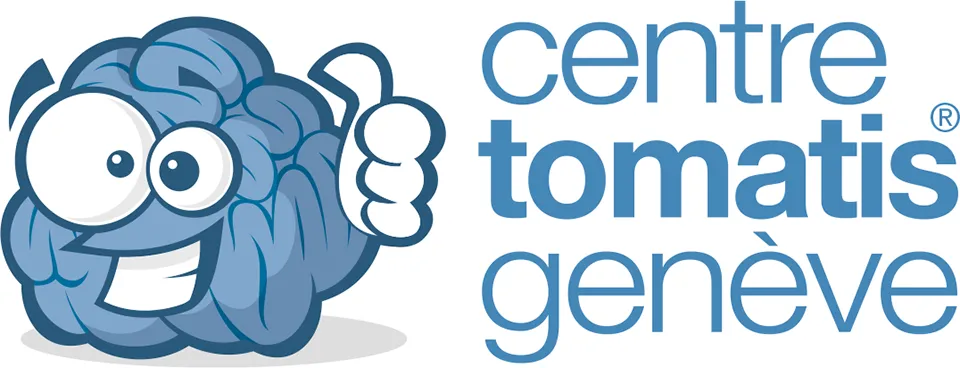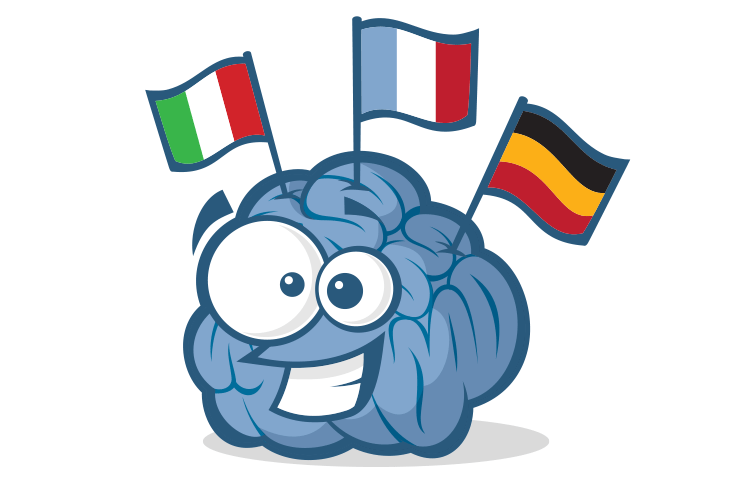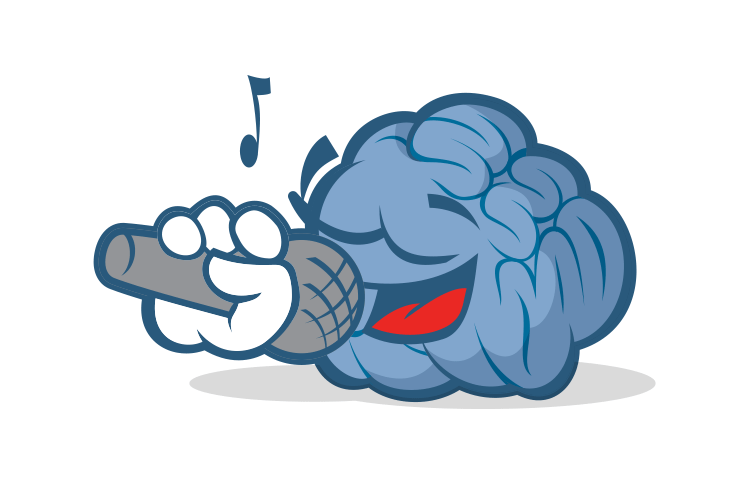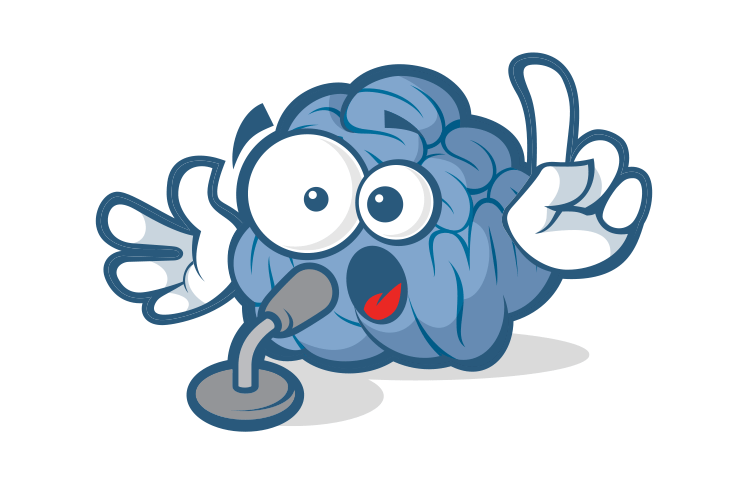Psychomotor disorders
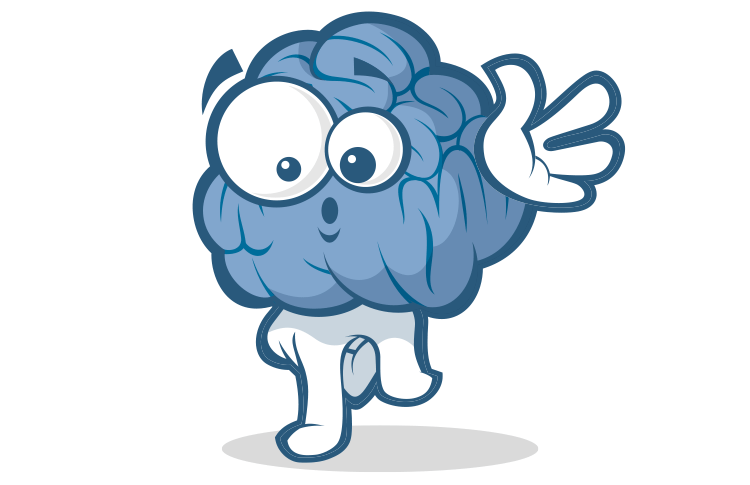
Walking, running, following a rhythm, do you know that some children cannot perform these simple gestures correctly?
About psychomotor disorders
Psychomotor disorders refer to a group of conditions that affect a person's ability to control their movements and emotions. These disorders can manifest as problems with muscle tone, coordination, balance, and posture, as well as difficulty with initiating or inhibiting movements. They can also include emotional and behavioral symptoms such as impulsivity, hyperactivity, and difficulty with self-regulation.
Movements control and coordination
These are difficulties concerning a delay in the execution of gestures that do not need to be learned culturally, through explicit education, unlike those related to dyspraxia (such as eating with cutlery), and which normally develop naturally over time (e.g. walking, running, jumping, marking a rhythm with the foot or the fingers).
These disorders therefore concern the realisation of gestures that have a global character at the body level. For example, children with such difficulties will not be able to coordinate their arms and legs when swimming, will run in an uncoordinated manner, will have difficulty balancing on one foot or going down stairs. Coordination acquisition disorders are regularly associated, albeit to varying degrees, with dyslexia.
The ear has two main functions: listening and balance.
The anatomy of the ear is divided into three parts: the outer ear, the middle ear, and the inner ear.
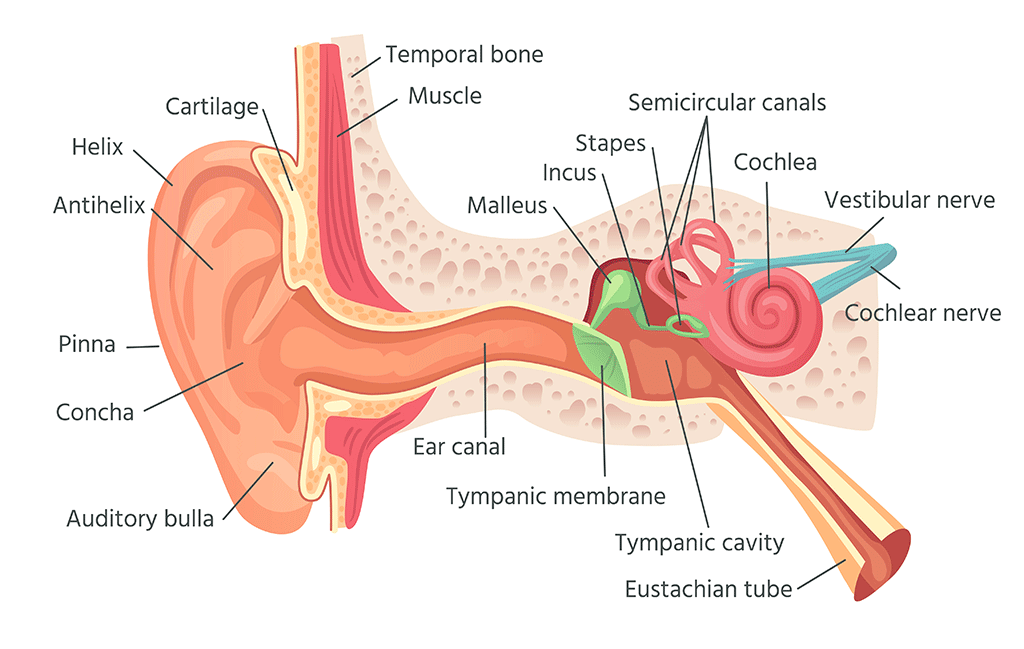
The outer ear consists of the visible part of the ear, the auricle, and the ear canal. It's function is to collect sound waves and channel them into the ear canal where they travel to the eardrum.
The middle ear is an air-filled chamber located behind the eardrum. It contains three small bones, the malleus, incus, and stapes, which transmit the sound vibrations from the eardrum to the inner ear.
The inner ear is responsible for both hearing and balance. It contains the cochlea, which is responsible for converting the mechanical energy of sound waves into neural impulses that the brain can interpret as sound. The inner ear also contains the vestibular system, which is responsible for maintaining balance and spatial orientation by sensing the position and movement of the head. The vestibular system includes the semicircular canals and the otolithic organs (utricle and saccule) that sense linear acceleration and gravity.
Overall, the ear plays a crucial role in our ability to hear and maintain balance, by collecting and processing sound waves, converting them into neural impulses, and sending them to the brain for interpretation.
Vestibular system rehabilitation with the Tomatis Method
Through its direct action on the vestibular system, the Tomatis® Method acts directly on the regulation of muscle tone and therefore verticality, but also on disorders of laterality. Furthermore, in association with several other parts of the brain, the vestibular system plays an important role in the mechanisms of coordination and rhythm. Consequently, the Tomatis® Method can intervene effectively on rhythm and coordination disorders.
Finally, in association with the cerebral cortex, the vestibular system is strongly involved in the capacity for spatial navigation and the formation of the body diagram. This is why the field of action of the Tomatis® Method also concerns spatialization and body schema disorders.
Using a combination of methods for exceptional results
Combining speech therapy with physical therapy can lead to improved overall results for people suffering from psychomotor disorders. Speech therapy focuses on improving communication and language skills, while physical therapy addresses physical issues related to movement, coordination, balance, and muscle tone. Together, these therapies can address the various aspects of psychomotor disorders and provide a more comprehensive treatment plan.
Rehabilitation of psychomotor disorders with the Giger MD method
The Giger MD method is a form of physical therapy that utilizes a specialized table to help people with psychomotor issues such as muscle tone, coordination, balance, and posture. The table is designed to provide specific speech therapy and movements that stimulate the body's neural, sensorial and language systems. This method is based on the idea that by stimulating these systems, the synapses between those system will be reinforced and new neuronal circuits created, leading to improvements in physical function, coordination, speech and movement.
The Giger MD method can help people with psychomotor issues to improve their muscle tone, balance, coordination, and posture, as well as to reduce pain and improve overall physical function. The therapy sessions are short, usually around 15-20 minutes and it's recommended to have a series of sessions over time to see the results.
To learn more about this method, you can read this article.
